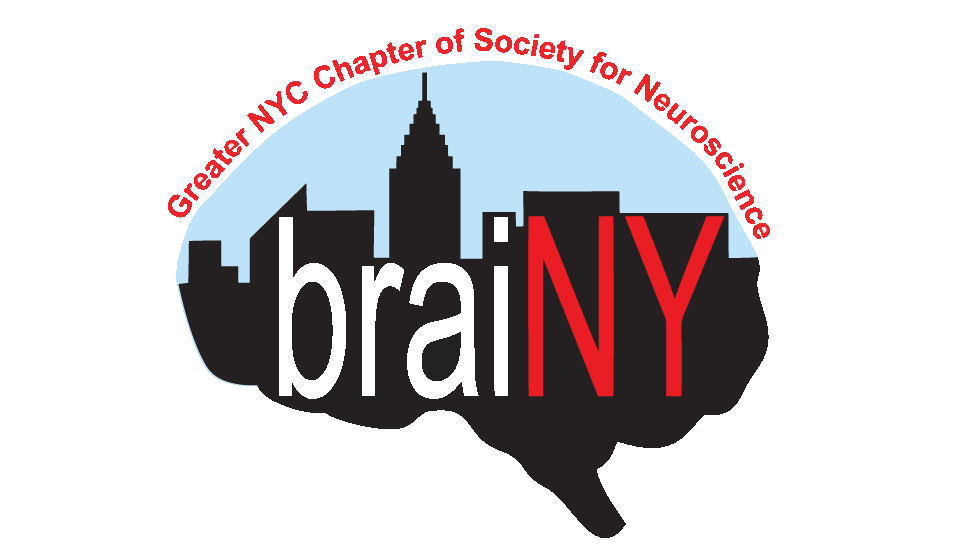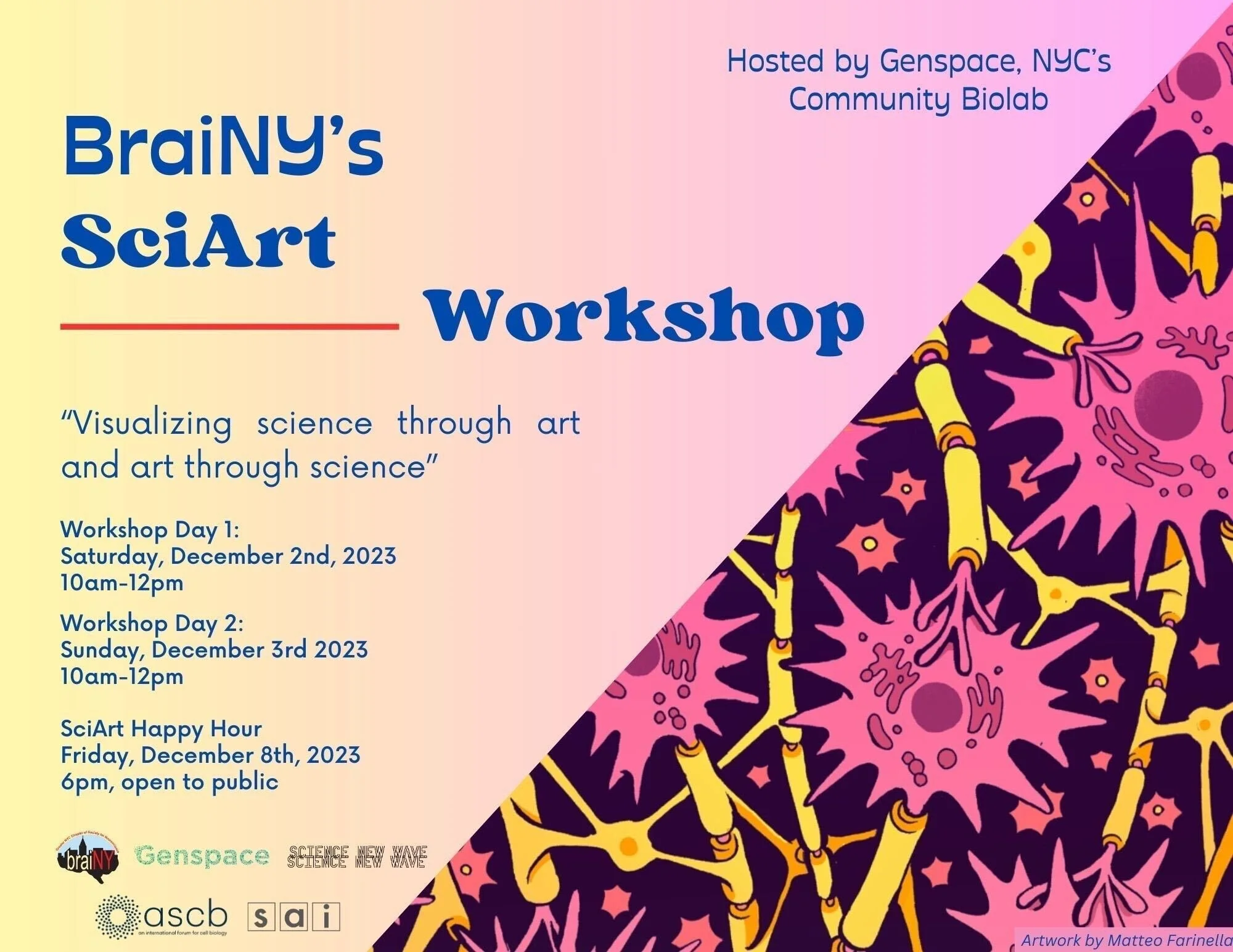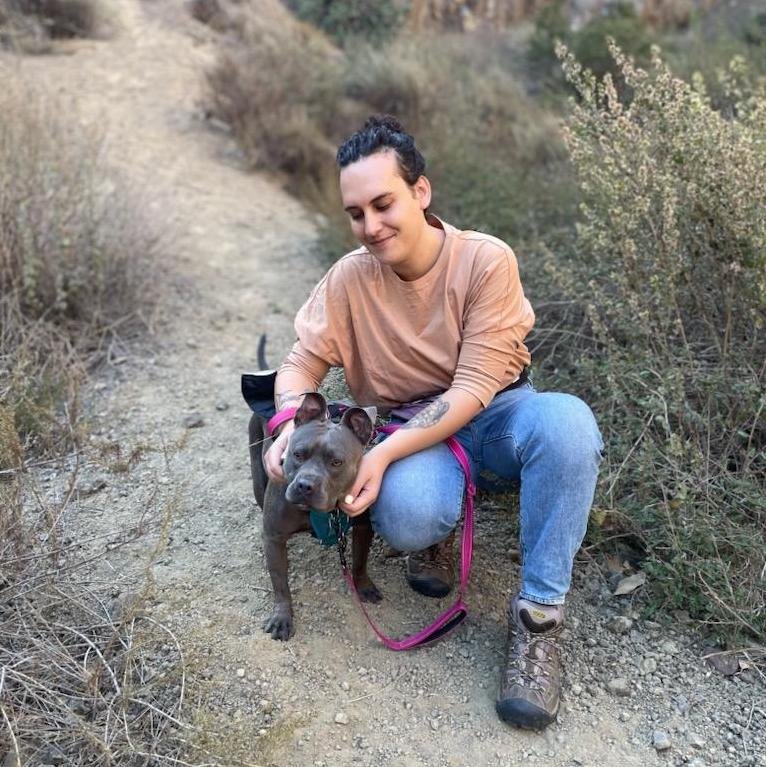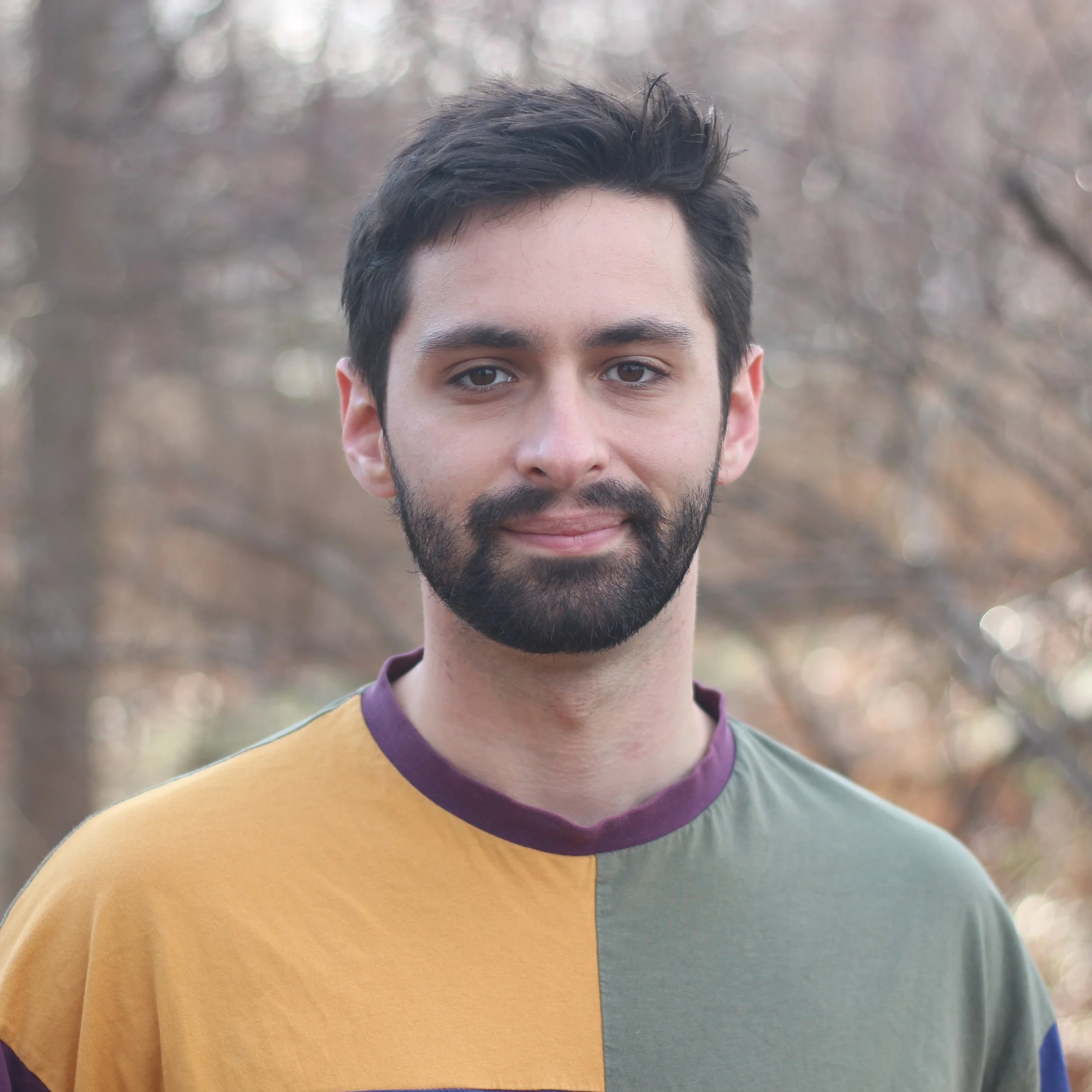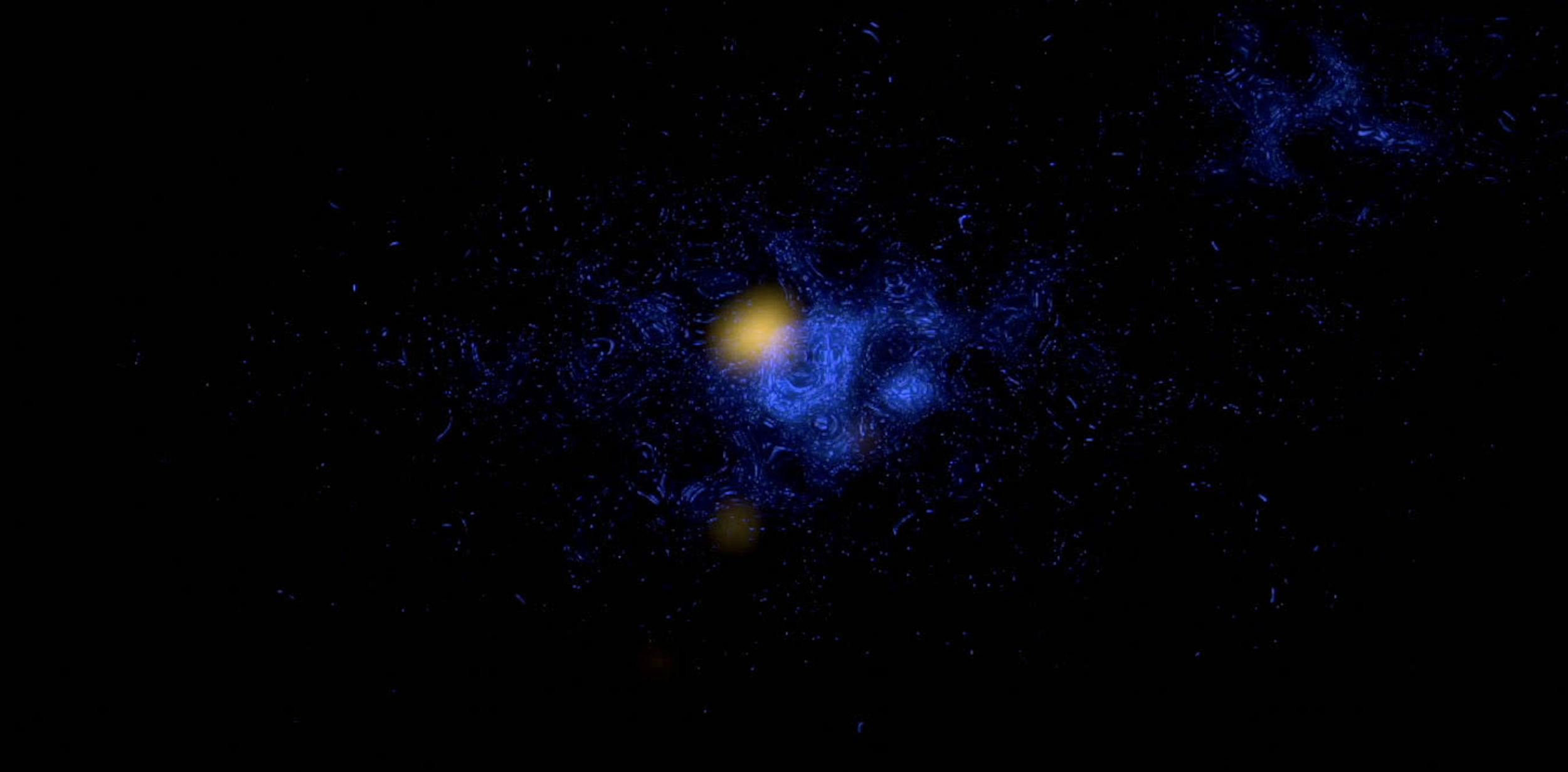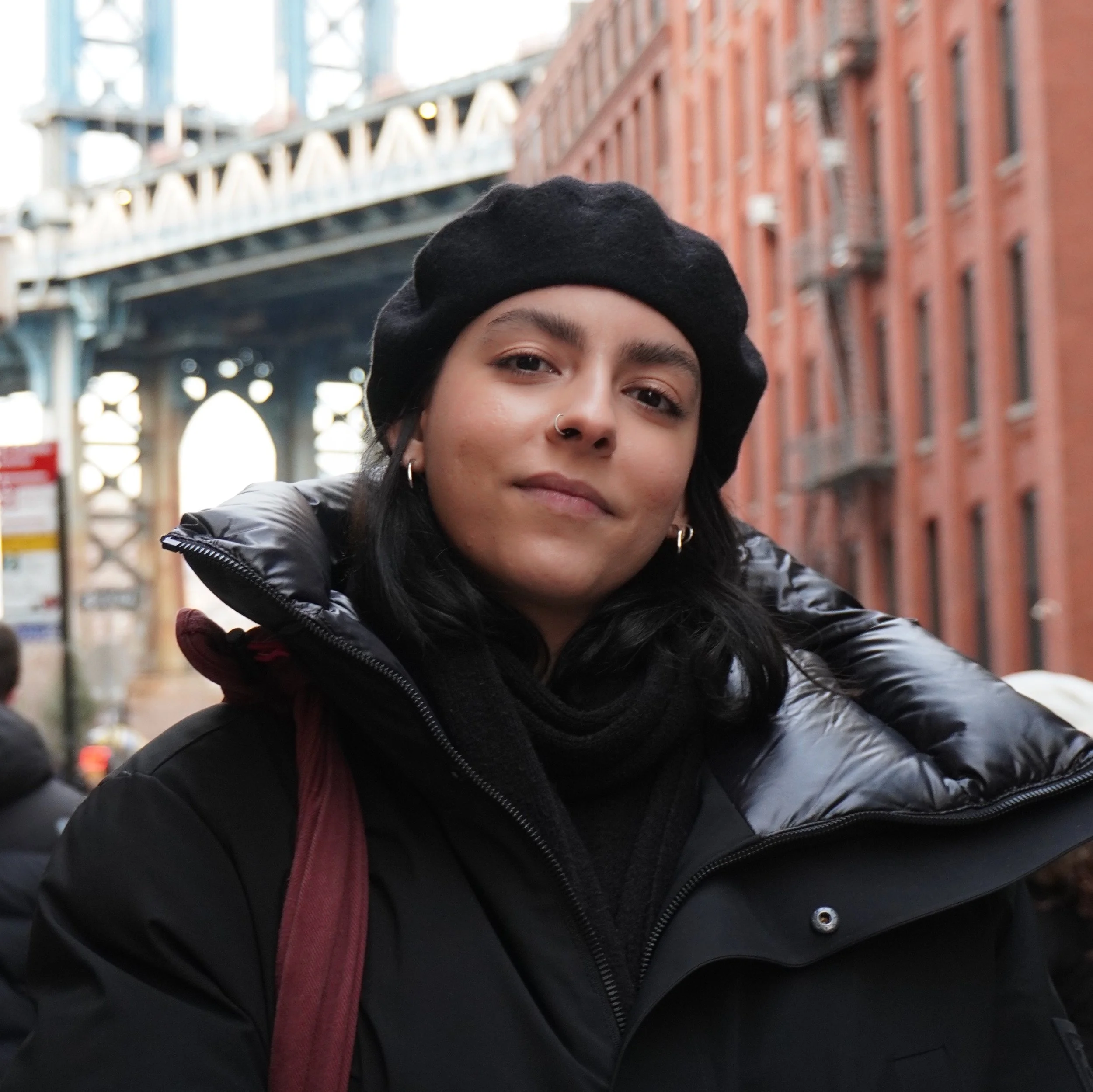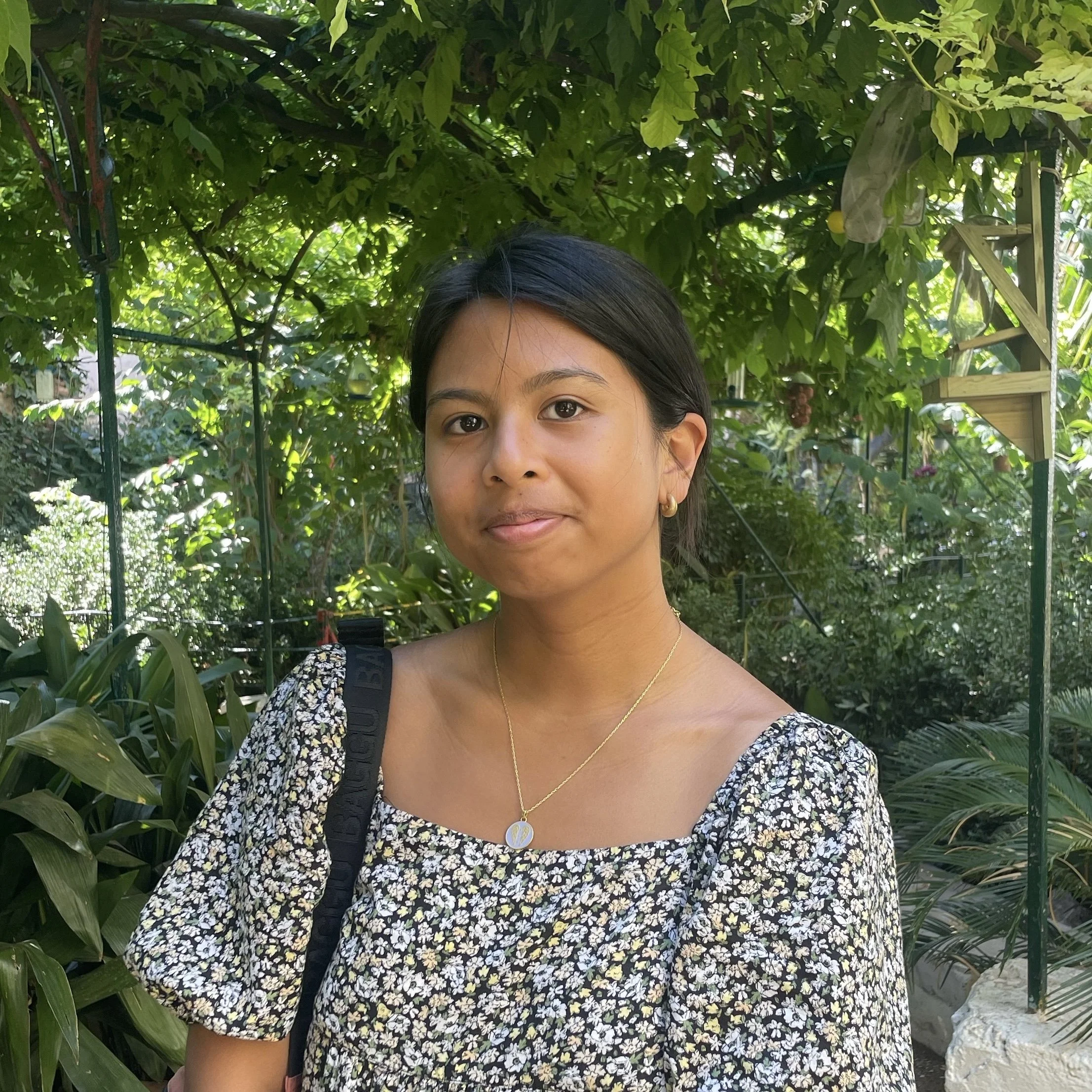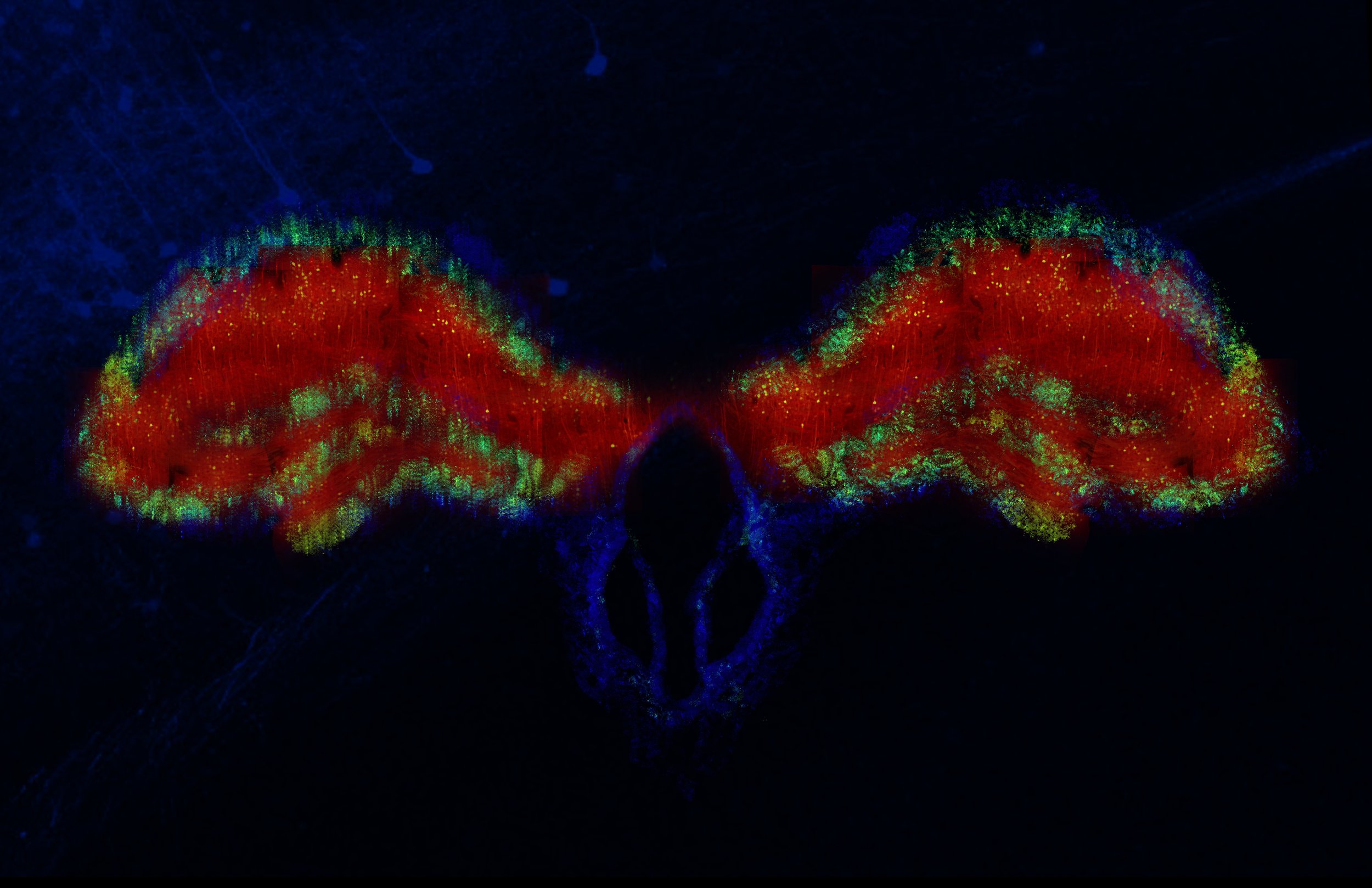SciArt Workshop 2023
Visualizing science through art and art through science
About the workshop: We invited a small group of scientists and artists from various fields to explore the interdisciplinary space of SciArt and merge their visual raw materials. Artists and scientists delved into the differences and similarities in visual representation of artistic and scientific practices. They worked together in pairs on their raw materials to create visual creations that intersect art and science.
The visualizations created by artist-scientist pairs were shown as part of BraiNY’s SciArt Happy Hour which was open to the public. Our goal was to foster exciting conversations about sciart and new collaborations through this workshop.
BraiNY's SciArt workshop was funded by a COMPASS Outreach Grant from the American Society for Cell Biology. The workshop was held in partnership with Science New Wave, Sai Collective, and Genspace.
Co-created Pieces
Oligo Copio
Despite the wide perception that microbes grow and divide very quickly, many environments like seawater are dominated by microorganisms that can only grow very slowly. Our knowledge about microbial life is necessarily biased toward organisms that are easily cultivated in the laboratory, which tend to be those that grow fast. "Oligo Copio" is an ephemeral painting that highlights these divergent growth rates of marine oligotrophs and copiotrophs, encouraging us to contemplate on the different temporal rhythms of various life forms.
Jackie Lee "JL" Weissman (they/she) is the Assistant Director for Proposal Development at the City College of New York, where she manages large, interdisciplinary efforts to bring center-level funding to the college. She has a special interest in using a combination of comparative genomics, population genetics, and mathematical models to understand the ancient and ongoing battle between microbes and their viruses.
Sally Kong (she/her) is a software engineer and artist based in Brooklyn, NY. For the past 6 years, she’s built artist tools and pipelines for feature animation and games. Her creative practice revolves around fusing technology with traditional crafts to translate patterns from living systems into familiar forms.
Untitled
This piece is a visual metaphor for the social and neurological conditions of a society under a totalitarian regime maintained by propaganda and the absence of rights and freedom. The headpiece animations reflect brain activity patterns that were derived from fMRI data acquired while individuals watched audiovisual media through the Human Connectome Project.
David Gruskin (he/him) is an MD-PhD student at Columbia University where he uses fMRI to study the neurobiology of perception and decision-making in mice and humans. Outside of the lab, David enjoys teaching local high schoolers about liver worms.
Zhanna Gomanenko-Provenzano (she/her) is a set designer and multidisciplinary artist. She specializes in creating transformative environments and installations with a focus on experiential storytelling.
Candid Contrasts
A video was created featuring audio-reactive visuals generated with TouchDesigner to compare sounds of female pleasure with those of male pleasure. Our approach aims to emphasize the stark contrast in our understanding of the two experiences, shedding light on the underexplored realm of female sexual pleasure and challenging existing taboos and knowledge gaps in the field.
Anastasia Zavitsanou (she/her) is a neuroscientist at Columbia University’s Zuckerman Institute. She is an interdisciplinary scientist combining concepts and techniques from the fields of cancer biology, immunology, neuroscience and computer science. Collaborating closely with artists serves as a source of inspiration, reminding her that science is a playful exploration - a perspective that can sometimes get lost in the day-to-day demands of scientific endeavors.
Christina Cappelli (she/her) ia a multidisciplinary creative technologist, producer, and photographer living in Brooklyn, New York. Using design and creative coding applications, her work is both speculative and grounded in reality, offering a visually engaging and digestible glimpse into the underlying systems that shape our world.
Petri Dish in Rubble
Experimental science is performed in closed systems in which the variables of the natural environment are eliminated to uncomplicate questions. On the same day that bombs drop on Gaza, I study how neurons process fearful experiences by analyzing changes in electrical current. We persist in asking questions through horror and violence, and I wonder what the use is of a science committed to purity at all costs.
Pamela del Valle (they/them) is a neuroscience PhD student at the Icahn School of Medicine at Mount Sinai. They study the role of peripheral nerves in the melanoma microenvironment and are passionate about political education in the scientific space.
Czarina Ramos (she/her) is a sixth year PhD candidate in neuroscience at the Albert Einstein College of Medicine studying the molecular underpinnings in learning and memory. She is also a practicing artist, using both ceramics and writing to interrogate the formation of self as influenced by the external world and local ecosystems. She enjoys bridging concepts informed by neuroscience with expressions of lived experience.
Perception
Reminiscent of Rorschach inkblots, used to test how the unconscious affects our perception, this artwork is inspired by the shape of the hippocampus and incorporates real images of sensory neurons*. This piece invites viewers to reflect on how our memories shape our experience of the world around us. What do you see? *courtesy of the Peron Lab at NYU
Maya Theresia (she/her) is a scientist, storyteller and artist. As a Senior Research Associate, she is studying how circuits in the somatosensory cortex drive tactile perception and influence behavior in mice. Outside of the lab, you can find Maya painting portraits and filmmaking. Maya believes that both science and art are conversations. Art is inherently a conversation between the artist and the audience, whereas science is a conversation between our reality and our minds.
Elisa Tatti (she/her) intertwines psychological principles with cutting-edge neuroscience to explore how the brain adapts to learning, experiences, and changes following stressful life events, injury, or disease. Using non-invasive methods, she investigates how brain signals are linked to and can help us understand adaptive and dysfunctional changes in cognitive and behavioral functioning.
India Cohen (she/her) is a native New Yorker, grew up in Chelsea. She went to Savannah College of Art and Design where she received at BFA in Accessory Design. She also did FIT summer classes and classes at the Art Student League of NY to build her portfolio. She has been working for Camuto Group/DSW as a footwear designer.
Are you interested in sharing your artwork? Check out these Neuroscience & Art Contests and stayed tuned for future SciArt Workshops!
Graphic by Arianna Zuanazzi, PhD
Click here to download a PDF version with links to each resource embedded!
